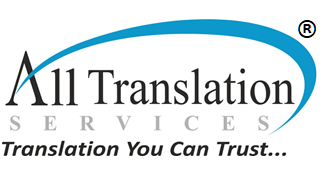Is Post-Editing Machine Translation Worth It?
Technology is growing at an unbelievable pace. In every one and a half years, the speed of a computer doubles! Such advances in technology make it indispensable to people and businesses alike. Thus, technology has an impact on the translation industry as well. Most of the impact deals with how the translation industry functions in terms of the kinds of jobs. It has also, to a good extent, improved the demand for translation services. However, while most of the impact has been positive, the direct use of machines for translation is complex.
The Origins Of Post-Editing Machine Translation
With the advent of several tools to aid humans, the translation industry also started using machines to aid in their work. While tools like digital dictionaries helped with the work, it was machine translation that reshaped the way the trade works. Machines could translate large amounts of work in a short interval of time without getting tired. This seemed like an attractive option to experts who wanted to take on more work. Time no longer limited them as much. All they had to do was edit the translation they received from machines. It was brilliant. They could make more money by translating more texts.
However, it was not so simple. Soon, machine translation became more accessible. Employers believed that machine translation was lower in quality. They reasoned that it did not need as much effort from humans. Thus, they started paying less for edited texts. This formed a separate league for post-editing of machine translation.
Why Is It Needed?
If machines are so fast and capable, one might wonder why they need any sort of editing at all. While machines can do bulk work, humans find it very hard to understand the translations they produce. This is because they rely on word-to-word substitution. They have statistical models to aid this. Yet, they cannot completely understand the context of the text. Further, they do not understand culture and nuances as humans do. They cannot produce perfect work. Even if you take the best pair of languages, you would not get the complete context. If you give it to an expert, they will be able to only understand up to 80% context without the source text. Thus, machine translations need human monitoring.
Is Post-Editing Machine Translation Worth The Effort?
Machine translation is riddled with flaws. However, it does offer some advantages, especially in terms of productivity. On average, it improves productivity by 74%. However, this is only the average value. The actual increase depends on several factors including the translator, the niche, and the languages involved. Thus, those who are familiar with the work or tools used would be able to work faster. Also, as opposed to popular belief, the quality of machine translation can be as good as manual translation. Additionally, it is, in many cases, even better than manual translation in terms of clarity. However, it lacks style.
Manual and post-edited machine translation have their individual benefits and drawbacks. Post-editing machine translation can be worth the effort if you need clear text, without much stress on style. Further, you should ensure that the machine’s work is high in quality to get the best out of it.
